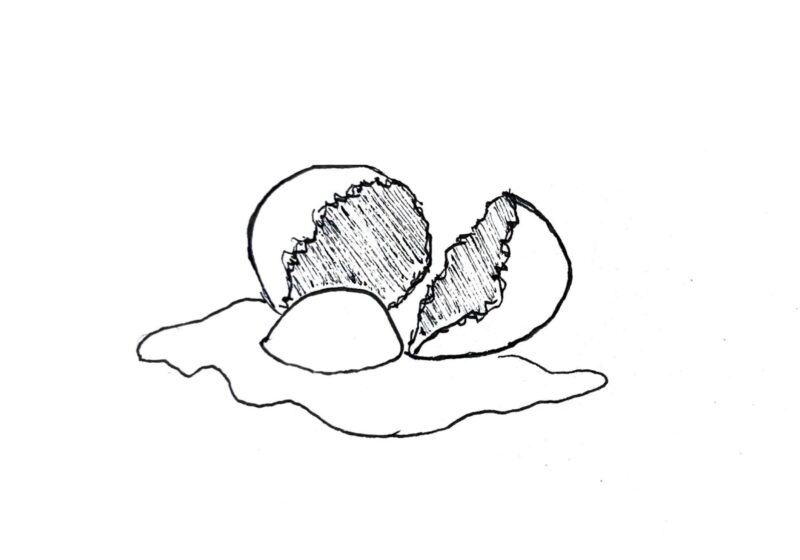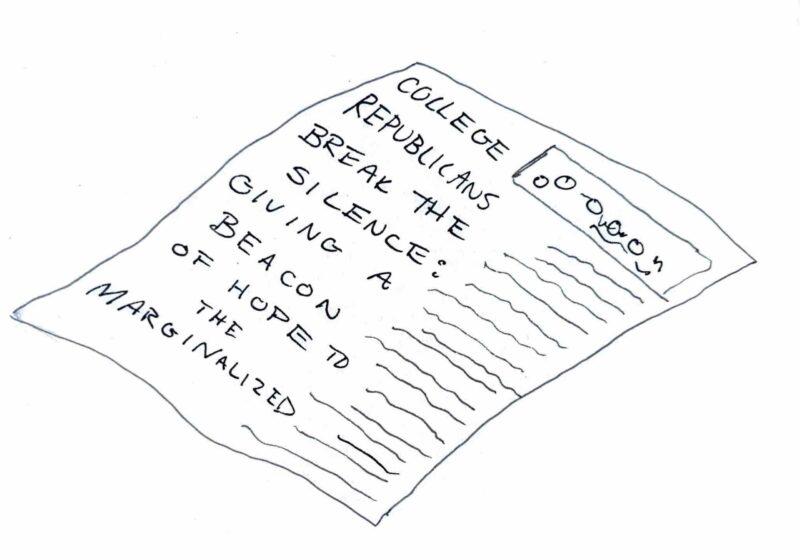The recent collective bargaining agreement (CBA) reduced the NFL’s draconian restrictions on the use of marijuana by players. The CBA is a contract between the NFL player’s association and the team owners, who represent the league. When it is renegotiated every few years, it has major consequences for every aspect of professional football.
Previously, players could be tested for roughly a third of the year, or nearly the entire active season, and could face serious punishments for even a small infraction. Now, players will only be tested for a short time during training camp, and must have a much higher amount of the drug in the bloodstream in order to face any consequences. Players also cannot be suspended for marijuana use.
Before we celebrate that, let’s examine why NFL players want to use marijuana, and why they previously have been forbidden from doing so.
While many drugs are prohibited in the league based on the performance enhancing drug policy, marijuana seems to be banned for the same reason as crack cocaine — it’s unhealthy and addictive. At least, according to commissioner Roger Goodell it is. For the uninformed, Roger Goodell finding something dangerous is laughable.
For the head of a league which claims to be committed to player safety, you’d think reducing the opportunities for injury and ensuring players have adequate rest between games would be important. The policies enacted under Goodell’s leadership have done the opposite. Four days of rest isn’t really enough to recover from the physical demands of a football game and play another. That’s why many players dislike thursday night games. Adding a game to the season, as will be done under the new CBA, has a similar issue. That’s one more opportunity to get hurt, and one more week of fatigue, which could raise injury rates at the end of the season.
But those are physical risks — Goodell is talking about the dangers of drugs. So let’s talk about dangerous drugs.
Hundreds of NFL players use or have used opioids to cope with the pain of the extreme demands of the sport, because team doctors prescribe them as a way to manage chronic pain. Retired players often continue to use opioids to cope with lingering pain or because they have become addicted. Players certainly will be happy to be able to more freely use recreational marijuana, but also for its most common medicinal use: combating chronic pain, and doing so more safely than opioids.
While it’s great that NFL players will now be able to more safely flout the NFL’s rules on marijuana use, that isn’t enough. League doctors will still prescribe dangerous opioids. Players will still have to use medical marijuana quietly. Sure, maybe some guys want to smoke weed and have a good time. But for many players, the league’s continued prohibition of medical marijuana is denying them full access to one of the most effective treatments for chronic pain, a condition pervasive in the league because of the nature of the sport. Looking the other way isn’t enough.





